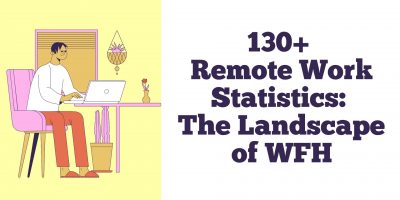
40+ Background Check Statistics in 2025
Uncover the rising trends of background checks in the workplace and stay on top of the company’s safety.

In a digitalized world, the workplace should be the first to implement new systems and strategies to better manage time, attendance, and absenteeism. Companies using an outdated timekeeping system have huge losses, not only from a financial aspect, but also experience a drop in productivity and job satisfaction. Using outdated timekeeping methods also makes a company more susceptible to falsified time records like, time-theft, and buddy-punching.


Unscheduled absences and changes in the workplace will always happen. It is up to the company to be prepared and have good systems in place to manage and handle unpredictable changes smoothly and without major losses.
Browse our curated list of vendors to find the best solution for your needs.
Subscribe to our newsletter for the latest trends, expert tips, and workplace insights!

Uncover the rising trends of background checks in the workplace and stay on top of the company’s safety.

Can lower productivity lead to better engagement? Here’s what the latest Gen Z-driven workplace trend means for the future of work.

Revitalize your approach to remote work with innovative virtual programs and strategies, seamlessly uniting in-office and remote teams for a comprehensive well-being experience.

What happens when salary ranges go public? Discover how transparency laws are changing the workplace in 2025 – and what’s next.
Used by most of the top employee benefits consultants in the US, Shortlister is where you can find, research and select HR and benefits vendors for your clients.
Shortlister helps you reach your ideal prospects. Claim your free account to control your message and receive employer, consultant and health plan leads.